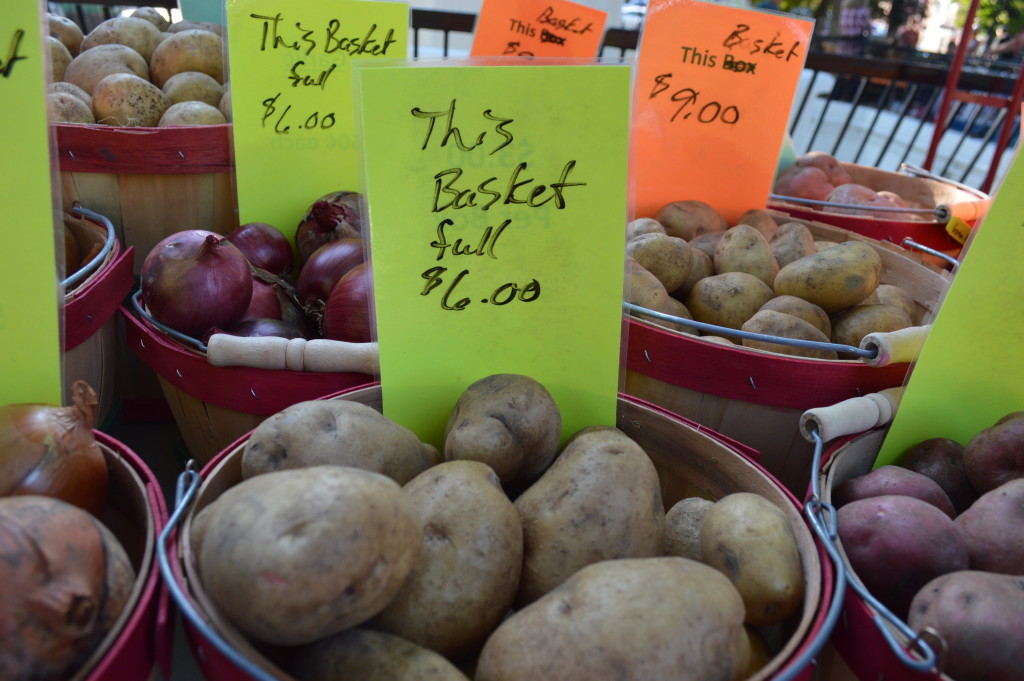
Gardeners who follow Good Friday potato planting lore face an extra consideration this year, as Good Friday falls relatively early in 2024, happening on March 29, followed by Easter on Sunday, March 31.
While horticulture experts point to soil temperatures and general planting advice based on zones in Iowa, some gardeners prefer to stick to tradition.
Although Easter often happens in April, Iowa has experienced a roller coaster of weather already this year, from blizzards in January, followed by record highs in February and a spate of winter-like snowfall this past week in late March, so it’s difficult to predict how early potato planting might fare.
The forecast for Good Friday appears to be relatively mild, and once the snow has melted, ground temperatures might make it above 45 degrees Fahrenheit, the standard for potato planting.
View the current soil temps for Iowa.
Growing up with Czech traditions, Good Friday potato planting was among the folklore, but according to one Czech saying, the opposite was followed.
“Na Velký Pátek zemi nehýbej” translates to “On Good Friday, do not move the soil,” Petr Chudoba notes on My Czech Republic.
Linn County Master Gardener Peggy Pearson examined one theory during a session on “Old Wives Garden Tales” during the 2024 Winter Gardening Fair.
In her sold-out class, Pearson noted that Good Friday potato planting came about in response to Christian thought that potatoes were considered evil, given that they were harvested from underground, close to the devil, and had “eyes” that were watching you.
To overcome that “evil,” potatoes were planted on Good Friday and sprinkled with holy water, to keep the devil away, and the planting was related to Jesus being laid in the tomb, in hopes of resurrection and life.
Pearson noted that another reason may be that Good Friday was the first day-off for peasants after Christmas, so they could work on that task.

Gardening lore calls for planting potatoes on Good Friday. (photo/Cindy Hadish)
Elsewhere, the Good Friday practice may actually have its origins in the phases of the moon. According to this tradition, flowers and vegetables that bear crops above ground should be planted during the light, or waxing, of the moon, from the day the moon is new to the day it is full.
Flowering bulbs and vegetables that bear crops below ground are planted during the dark, or waning, of the moon, from the day after it is full to the day before it is new again.
The date of Easter changes every year, but is set as the Sunday following the paschal full moon, which is the full moon that falls on or after the vernal, or spring equinox.
Generally, that would set Good Friday during the waning of the moon, the time to plant below-ground crops.
Iowa State University Extension & Outreach advises planting seed pieces cut side down and small whole potatoes 3 to 4 inches deep and 1 foot apart within the row. Rows should be spaced 2½ to 3 feet apart.
In Iowa, appropriate planting time varies from early April in southern portions of the state to mid- to late April for northern areas.
New potatoes are then generally ready to harvest by July.
More: Identify what’s coming up in your garden via foliage

[…] Story continues […]
[…] Story continues […]
[…] Related: Devilish theory on Good Friday potato planting […]